Harvey reflects a rich tapestry from the traditional Bindjareb land owners, to the colonial settlers, citrus growers, dairy farmers, timbercutters and Italian internees.
Wind your way through landscapes adorned with orange groves and depression-built dams and irrigation systems, their stoic structures standing as testaments to a bygone era.
Whether you’re an avid historian or simply seeking an escape into the past, this Harvey Heritage Drive Trail promises an insightful and inspiring passage through the Region.
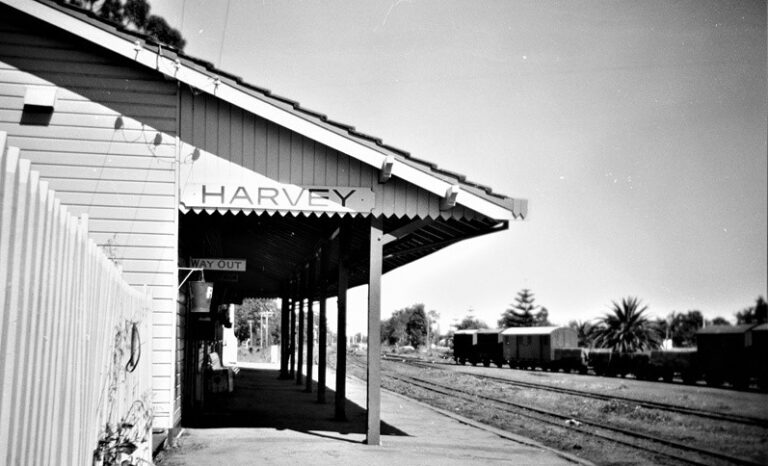
1. Harvey Railway Station Precinct and Museum
The Harvey Railway Station has been the central point of activity for the district since 1893.

2. Harvey Masonic Hall 1914
The Masonic Hall was built on land donated by Major Henry Geoffrey Palmer of Meriden Farm.

3. Harvey River Diversion Drain
The Harvey River Diversion Drain was one of the largest infrastructure projects the Australian Government delivered during the Great Depression.

4. Harvey Dam
Harvey Irrigation Scheme was WA’s first conservation of water and irrigation scheme for agricultural purposes. The weir was submerged when Harvey Dam was constructed in 2002.

5. Nicklup Farm Historic Site 1889
Established by James and Isabella Taylor, Nicklup Homestead once stood in the Harvey Hills before it was demolished in the year 2000 as part of the Harvey Dam redevelopment.

6. Glentana Homestead Historic Site 1906
Glentana was one of three historic homesteads that were removed with the expansion of the Harvey Dam in the 1990s. The causeway was named in its honour.
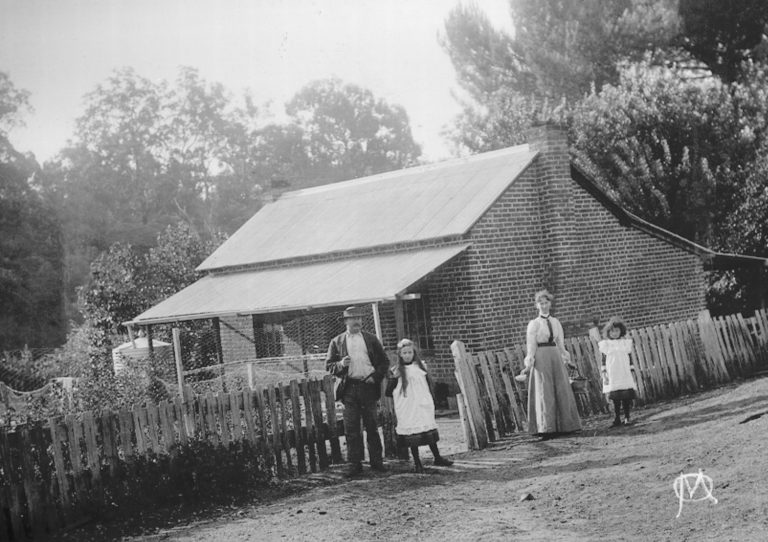
7. Jardup Farm Historic Site 1859
Jardup settled in 1859, was one of the earliest farming properties developed in Harvey before it was reclaimed for the extension of the Harvey Dam in 2000. The causeway was named in its honour.

8. Old Harvey Cemetery 1911
Seek out those from the past. Many of the early settlers of the district are interred here, and the headstones bear the names of many of the district’s well-known citizens.

9. The Jungle & Harvey River
The Bindjareb people call the Harvey River, Coraigeca Bilya. In 1829, Governor Stirling named the river after Rear Admiral Sir John Harvey RN, Commander-in-Chief of the West Indies Station.
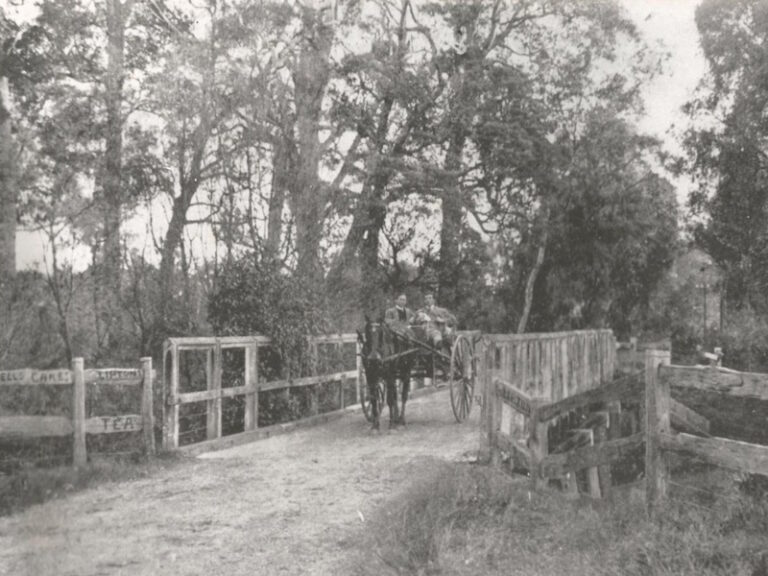
10. The Harvey River Bridge
The Harvey River Bridge has always provided a crucial connection between the town and Perth.

11. Stirling Cottage & May Gibbs Trail
A replica of the 1850s cottage that was home to Governor Sir James Stirling and legendary Australian author May Gibbs. The cottage now houses the Stirling Cottage Kitchen tearooms.

12. Harvey Internment Camp 11 & 3rd Australian Corps Army School Historic Site 1940s
Camp 11 housed around 100 German and 800 Italian Internees during WW2. By 1942, with Japan off the Western Australia coast, the site became a 3rd Australian Corps School.
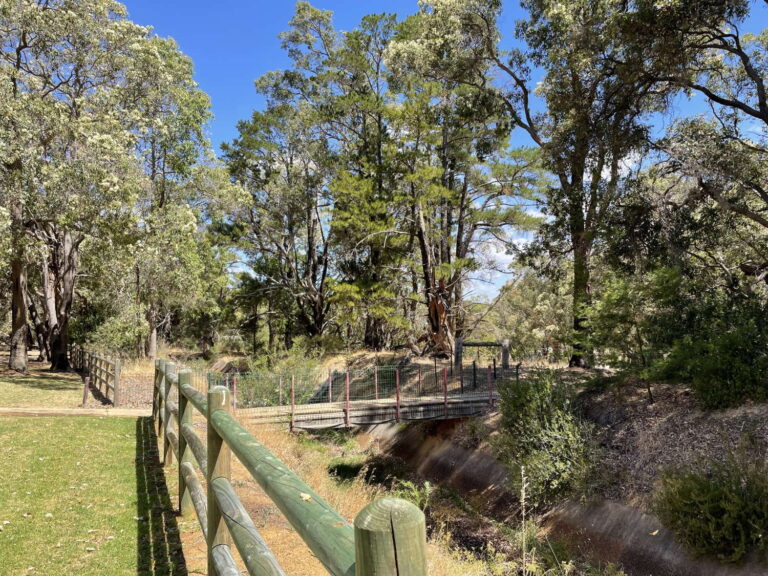
13. North Harvey Irrigation Channel & Garry’s Crossing Bridge
The Harvey North Irrigation Channel is one of the last remaining examples of the original irrigation channels in Harvey.

14. Harvey Internment Camp Memorial Shrine
During WW2, Harvey Internment Camp internees constructed of an altar made of stone. It was enclosed in a chapel in 1992 and is believed to be the only roadside shrine of its kind in Australia.

15. Sir James Stirling Commemorative Plaque 1837
A plaque commemorating Governor Sir James Stirling, who explored and took possession of land in the locality of Harvey in 1837.

16. Harvey River Diversion Commemorative Plaque
The Commemorative Plaque monument commemorates the thousands of labourers who, in the Great Depression, worked on the Harvey River Diversion and Drainage System.

17. Riverton Farm Homestead Historic Site 1889
Riverton was the family home of the Hayward family. The development of Harvey began when Dr Hayward, with Dr Harvey, and the Gibbs brothers, formed a land partnership in 1888.

18. Harvey Butter Factory Historic Site 1929
Harvey has always had a rich dairy manufacturing industry. Premier Collier opened the Harvey Butter Factory on this site in 1929.

19. Hawter’s Nursery Historic Site 1904
The homestead of one of Harvey’s inaugural and most influential citrus orchards, owned leading nurseryman Jacob Hawter, once stood at this site.

20. Dr William Kennedy’s Surgery 1916
Built for Harvey’s first resident doctor, Dr. William Adam Kennedy, this historic house was used as a hospital before the construction of Harvey District Hospital in 1933

21. Gibbs House 1885
Built circa 1885, Gibbs House is one of the oldest homesteads in Harvey. It was established by the Gibbs Family, of May Gibbs fame.

22. Korijekup Fruit Settlement Historic Site 1886
The development of Harvey’s Famous citrus industry began in 1896 with the subdivision of the Korijekup Estate into small 10-acre blocks. The fertile soil and favourable climate soon attracted nurserymen to the area.
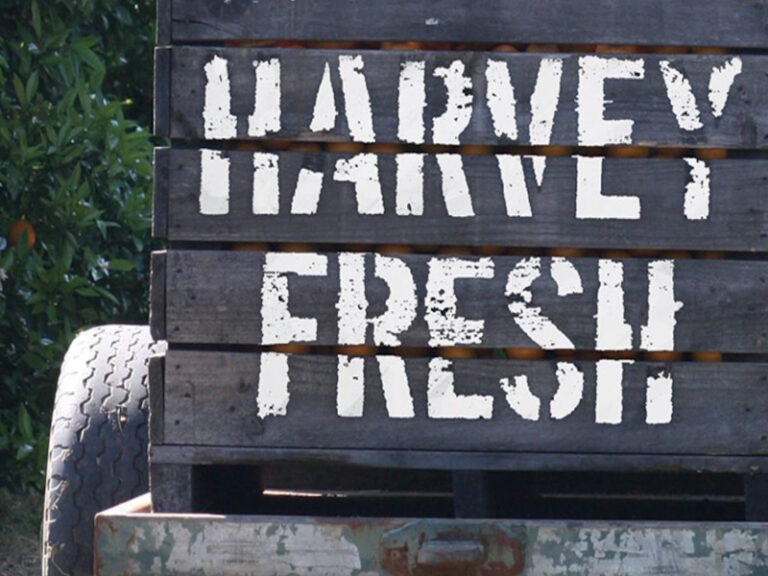
22. Harvey Fresh
Joe Sorgiovanni planted his first Valencia orange tree on the banks of the Harvey River in 1928 after emigrating from Italy. The orchards developed into one of Western Australia’s biggest milk and juice processors.

22. Harvey Beef and E.G Green & Sons
Established by E.G Green, Harvey Beef now has a worldwide reputation for excellence in beef production.

23. Old Grieve’s Abattoir 1900s
This unique, two-story shed is a former slaughterhouse owned by butcher John Grieves (1880-1918), the brother-in-law of E.G Green (Harvey Beef).
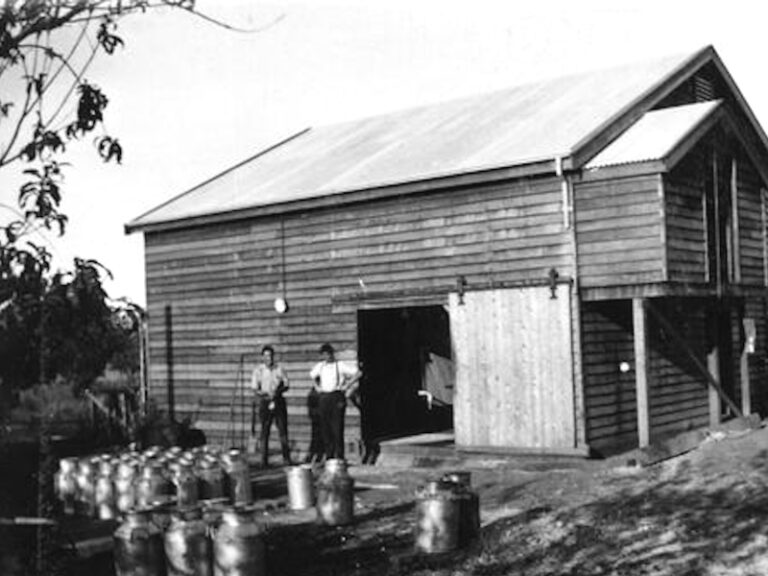
24. Original Harvey Co-op Dairy Historic Site 1925
This site was originally a milk depot, which was transported in cans to Perth by rail.